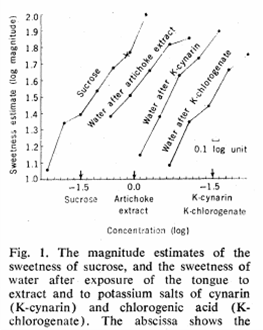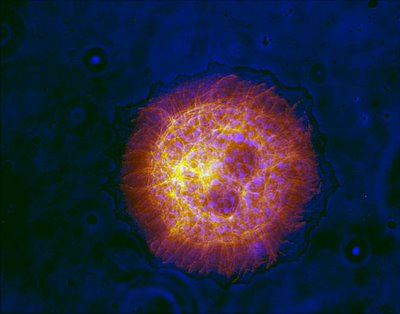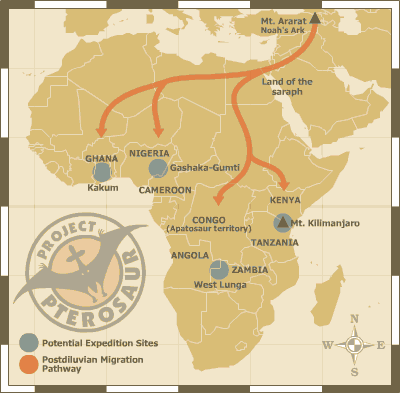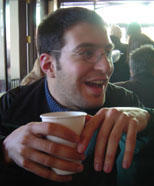Biomedical Science, Pressing Issues for 2005/2006
1) Doing Science with Less Funding.
Yes for the first time in over 3 decades, 2007 will see a cut in appropriations to the NIH budget.
 Get it straight - the NIH is the world's largest source of financing for biomedical science. As the NIH goes, so goes basic research in the life sciences.
Get it straight - the NIH is the world's largest source of financing for biomedical science. As the NIH goes, so goes basic research in the life sciences.Over the past decades, the NSF budget has not increased much, but the NIH budget had been growing with help from big Pharma lobbyists. Then under the Bush administration, the increase in funding to all the basic sciences (including the NIH) slowed down while money towards defense research increased (as this graph from a Boston Globe article demonstrates). From the AAAS website:
The National Institutes of Health (NIH) budget will fall in 2006 for the first time in 36 years because of a modest appropriation combined with the 1 percent across-the-board cut. The $28.6 billion NIH budget is 0.1 percent below 2005. After adjusting for inflation, NIH has a smaller budget in 2006 than it did in 2003, erasing the small gains of the last two years. All but two institutes suffer budget cuts in 2006, with most institute budgets falling between 0.4 and 0.7 percent.
The AAAS is giving a daily update of the 2006 appropriations ... click here to see the latest. This slowdown in the NIH's budget increase has been exacerbated by an expansion in the number of principal investigator positions at major research centers. Already I've heard of several labs closing down in the past year as NIH funding is stagnating. So there are more researchers vying for less money. Things do not look good for young professors starting up their own lab (that will be me in a couple of years!)
2) Science Outsourcing.
First economics has pushed much of the computer technology to Asia, and now it seems as if the pharmaceutical industry and maybe even much of academic research may follow. It's the extension of Science by kits. It's neither good nor bad, but will have a dramatic influence on how we do Science. I've already wrote extensively on this subject. Here are some of those entries:
Outsourcing Science.
More on the Rise of Chinese Technology.
Thanksgiving Dinner Talk & Outsourcing.
America, Foreigners, and Academic Science.
Scientific Establishment to the US: Shape Up!
3) Science Education.
Yes there is all this talk of intelligent design ... blah blah blah. The bigger problem is that all these "evolution critics" DON'T UNDERSTAND HOW EVOLUTION WORKS! You can see it in how the whole subject is discussed in various public forums and in the mass media. The problem here is that the public needs better science education.
On that front there is good news: Americans
- have a high opinion of scientists
- want better science education in schools
- are very "science literate" when compared to citizens of other nations
But what are the obstacles? Anti-intellectualism is still highly prevalent in American society. Science literacy, although high by international standards, is very poor (click here for some scary stats), and this is due to the fact that science literacy is dependent on college education. High schools just don't cut it. Bottom line: we need to improve Science education in high schools.
4) Studying Biology on the Next Level.
Many biologists have come to the conclusion that reductionism can only go so far. (Want proof? ask a physicist how cells divide.) Biology must expand from studying how a single gene/protein works in the context of a biological system to understand how a whole chunk of the system works. To address this, two new lines of research have been created, Systems Biology and Synthetic Biology. Will they succeed or are they just the new trendy fields? We'll have to wait and see.
Not on the list ... The Culture Wars.
Look, despite all the stem cell critics and problems in South Korea, stem cell technology will happen (although perhaps not in the US).
Evolution? As stated above, the main problem is confusion in minds of the general public. The problem is not that certain people are hostile to evolution, but that the majority of Americans (and some so-called biologists) can't even explain how the "theory" they're against works, let alone criticize it.
Well that's it for 2005. Have a happy New Year.


















